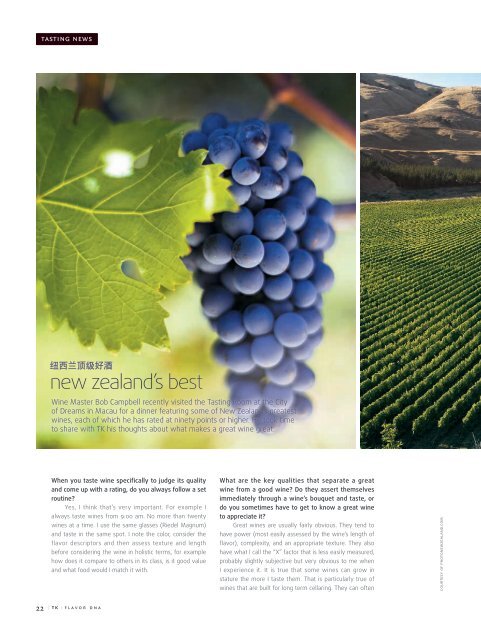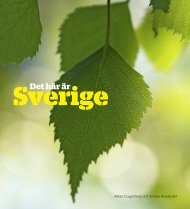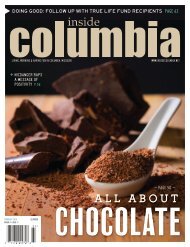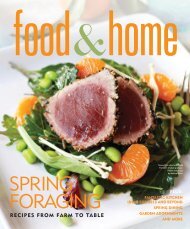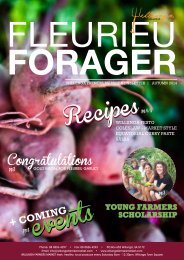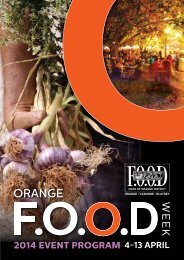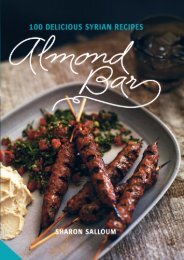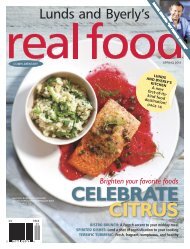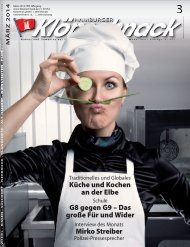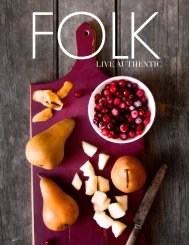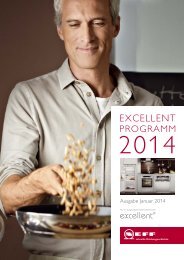Tasting Kitchen
Welcome to Tasting Kitchen. Season’s Greetings – or should I say Seasonings Greetings! This holiday TK issue is full of spices and flavorings. We talk to four talented and ambitious chefs about the flavor profile – or Flavor DNA – of dishes from India, Sichuan, Vietnam and the Isaan region of Thailand. Think cardamom, black salt and saffron, red peppercorns, red chilies and green chilies, dill, Kaffir lime, lemongrass, coriander, galangal and turmeric. We take a look at spices in history, and how even back in the Middle Ages savvy marketers knew the value of a good story. Spice merchants claimed that birds used cinnamon sticks to make giant nests in the cliffs above beaches in India, which “cinnamon hunters” then plotted to obtain. Today India is still associated with the world’s best spices. In this issue, for our first Tasting Destinations feature, TK’s Director of Photography David Hartung and Senior Writer Lucy Morgan traveled to Old Delhi to visit the world’s largest spice market and to New Delhi to visit one of the world’s top restaurants for modern Indian cuisine. One of our featured wines is the peppery Austrian Grüner Veltliner. We also talk to a New Zealand Wine Master about what makes great wine great, and to a leading French Champagne Chef de Cave about the value of patience and restraint. There are also some crabs running loose in the issue. A master chef in Macau shares his recipe for Quinoa Lobster Salad while five more from Hong Kong and Singapore share their favorite crab dishes and culinary musings. Happy Holidays,
Welcome to Tasting Kitchen.
Season’s Greetings – or should I say
Seasonings Greetings!
This holiday TK issue is full of spices and
flavorings.
We talk to four talented and ambitious
chefs about the flavor profile – or Flavor DNA
– of dishes from India, Sichuan, Vietnam and
the Isaan region of Thailand. Think cardamom,
black salt and saffron, red peppercorns, red
chilies and green chilies, dill, Kaffir lime,
lemongrass, coriander, galangal and turmeric.
We take a look at spices in history, and
how even back in the Middle Ages savvy marketers knew the value of a good story.
Spice merchants claimed that birds used cinnamon sticks to make giant nests in the
cliffs above beaches in India, which “cinnamon hunters” then plotted to obtain.
Today India is still associated with the world’s best spices. In this issue, for
our first Tasting Destinations feature, TK’s Director of Photography David Hartung
and Senior Writer Lucy Morgan traveled to Old Delhi to visit the world’s largest
spice market and to New Delhi to visit one of the world’s top restaurants for modern
Indian cuisine.
One of our featured wines is the peppery Austrian Grüner Veltliner. We also
talk to a New Zealand Wine Master about what makes great wine great, and to a
leading French Champagne Chef de Cave about the value of patience and restraint.
There are also some crabs running loose in the issue. A master chef in Macau
shares his recipe for Quinoa Lobster Salad while five more from Hong Kong and
Singapore share their favorite crab dishes and culinary musings.
Happy Holidays,
You also want an ePaper? Increase the reach of your titles
YUMPU automatically turns print PDFs into web optimized ePapers that Google loves.
tasting news<br />
纽 西 兰 顶 级 好 酒<br />
new zealand’s best<br />
Wine Master Bob Campbell recently visited the <strong>Tasting</strong> Room at the City<br />
of Dreams in Macau for a dinner featuring some of New Zealand’s greatest<br />
wines, each of which he has rated at ninety points or higher. He took time<br />
to share with TK his thoughts about what makes a great wine great.<br />
When you taste wine specifically to judge its quality<br />
and come up with a rating, do you always follow a set<br />
routine?<br />
Yes, I think that’s very important. For example I<br />
always taste wines from 9:00 am. No more than twenty<br />
wines at a time. I use the same glasses (Riedel Magnum)<br />
and taste in the same spot. I note the color, consider the<br />
flavor descriptors and then assess texture and length<br />
before considering the wine in holistic terms, for example<br />
how does it compare to others in its class, is it good value<br />
and what food would I match it with.<br />
What are the key qualities that separate a great<br />
wine from a good wine? Do they assert themselves<br />
immediately through a wine’s bouquet and taste, or<br />
do you sometimes have to get to know a great wine<br />
to appreciate it?<br />
Great wines are usually fairly obvious. They tend to<br />
have power (most easily assessed by the wine’s length of<br />
flavor), complexity, and an appropriate texture. They also<br />
have what I call the “X” factor that is less easily measured,<br />
probably slightly subjective but very obvious to me when<br />
I experience it. It is true that some wines can grow in<br />
stature the more I taste them. That is particularly true of<br />
wines that are built for long term cellaring. They can often<br />
COURTESY OF PHOTONEWZEALAND.COM<br />
22<br />
| TK | flavor dna


